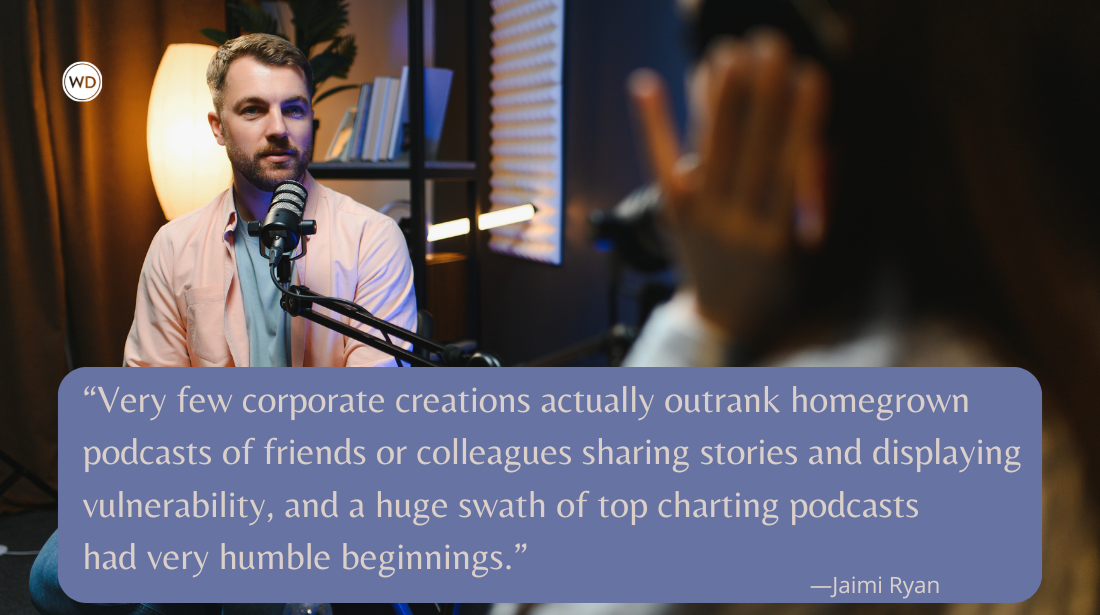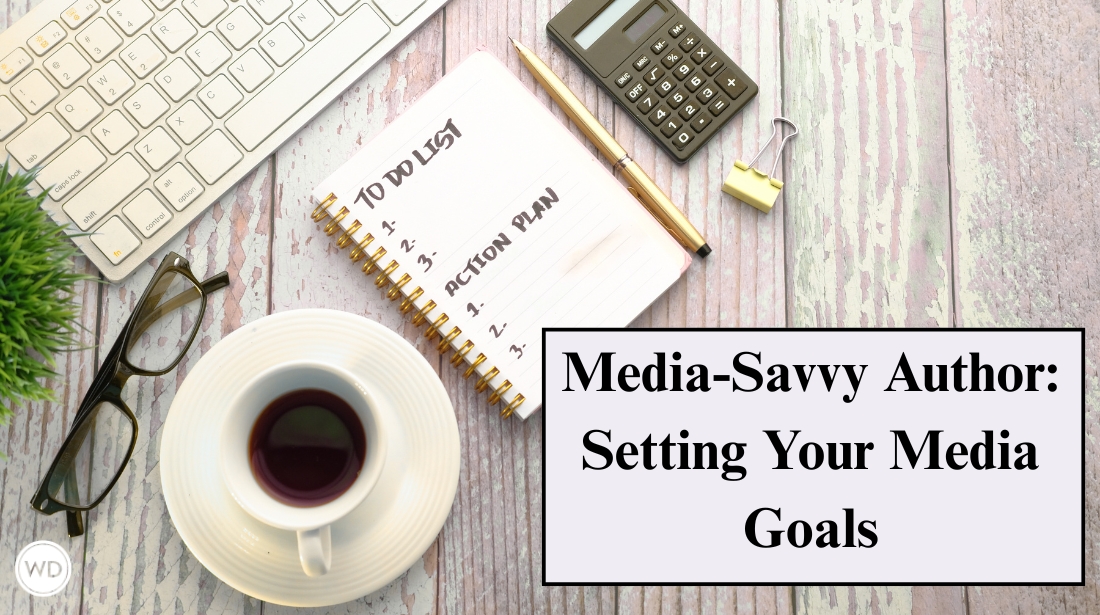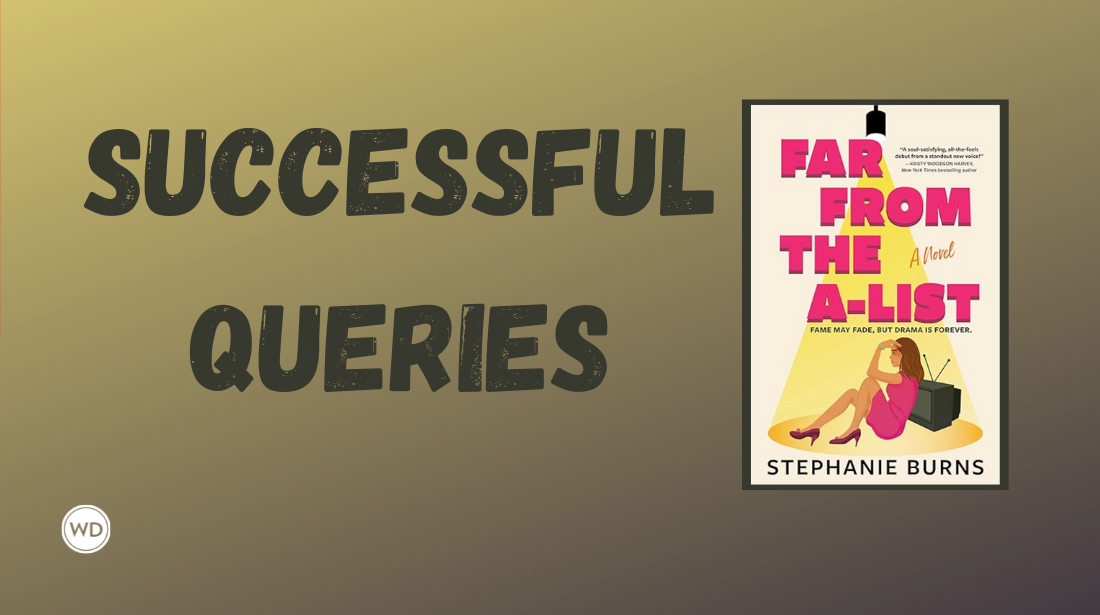The Anatomy of a Book Cover: A Guide for Authors
Knowing and understanding the constituent parts of a book cover will help you make the best marketing decisions when you design or commission your own. Reedsy’s own Yvonne takes us over the basics.
Knowing and understanding the constituent parts of a book cover will help you make the best marketing decisions when you design or commission your own. Despite the popular saying, the cover of a book is what readers will use to judge the contents of your book. It could make the difference between readers walking (or scrolling) past it—or buying it.
Also remember: you want to design your book cover not just to attract readers, but to attract the right readers. This post that we wrote at Reedsy will take you through the anatomy of a book cover and help you build yours from the ground up so that it’s optimized to sell.
Cover Imagery
Whether you use an edited stock image, an illustration, or bespoke photography, imagery is your cover’s starting point and will affect all future decisions—such as text positioning. Since your cover will be displayed as thumbnails in online stores, the clarity and impact of the cover image are crucial.
For example, the cover for Sing Me to Sleep by Angela Morrison is based on a Shutterstock image of two hands, which has been manipulated, edited, and layered with other elements by a designer to have the desired effect. You can read more about this and stock image manipulation in this guide to book cover design. The image of the two hands works for Sing Me to Sleep as it hints at the tentative relationships that the main character Beth makes, and represents the emotion-driven action of the story.
IndieBound | Amazon
[WD uses affiliate links.]
A cover image, if effective, will:
- Indicate what genre the author is operating in,
- Provide hints as to the contents of the book, and
- Compel people to read it.
A picture does indeed tell a thousand words. In this case, it needs to tell (or indeed sell) all the thousands of words in the novel.
Typography
When handling the words on a cover, it’s important to think in terms of visual hierarchy. In other words, how are you going to arrange the title, the author’s name, and if applicable, the subtitle—paying close attention to the relative size of each element?
For example, this cover design for Stephen King’s End of Watch has a minimal but dramatic image with the author’s name much larger than the title. King’s name is the central selling point, so it stands to reason that it’s at the top of the visual hierarchy. Equally, if you are a first-time author, or have a particularly long, impressive, or intriguing title, this will alter how you arrange the text.
IndieBound | Bookshop | Amazon
[WD uses affiliate links.]
Font choice is also extremely important and should have almost as much consideration as the book title itself. A swirly, stylish font might suit a romance novel, but would look out of place on the front of a thriller, or a non-fiction book, for example. There are trends that come and go, but more or less, it just needs to be readable.
The Spine
Often treated as an afterthought, the spine is actually a kind of concentrated book cover. In physical bookstores, there isn’t space for all the books to be stored cover-side forward, and the spine might be all that people see. So, it needs to be just as eye-catching and effective as your book cover.
IndieBound | Bookshop | Amazon
[WD uses affiliate links.]
Typically, the spine will show the book’s title, the author’s name, and possibly an extension of the front cover image, or at least the background style. You can be really inventive with this—some covers have images that wrap right around the spine to the back cover. Whilst it’s only a small bit of the book cover, the spine is definitely not something to forget.
Back Cover
The back cover is like a second line of marketing—if the front cover hooked them in, now the back cover has to close the sale.
Practically, the back cover of fiction books tend to include a tagline (also known as a logline or the shout line), a blurb, possibly a brief author bio, a barcode, and an ISBN number. If that last bit sounds confusing, check out this guide to ISBN for self-publishers. Non-fiction is likely to include all of the above, along with author credentials if the work is professional, maybe an author headshot with the bio, as well as testimonials (which may also appear on the front cover).
IndieBound | Bookshop | Amazon
[WD uses affiliate links.]
Gail Honeyman’s Eleanor Oliphant is Completely Fine, for example, has a continuation of the front cover imagery with the matchstick, a catchy tagline at the top, "Eleanor Oliphant has learned how to survive—but not how to live," as well as a blurb that teases the reader into opening the book, and a glowing review to top it off. The back of the book is a bit like an elevator pitch. If a reader has got as far as picking up the book, the back cover is there to clinch the deal.
Now Your Turn
How will you combine all these elements to make the perfect book cover? Your book cover is your product packaging—it’s your branding for your book and for you as an author. A professional book cover will make readers take you seriously as an author whilst attracting the right readers to the story that you’ve worked so hard on.









